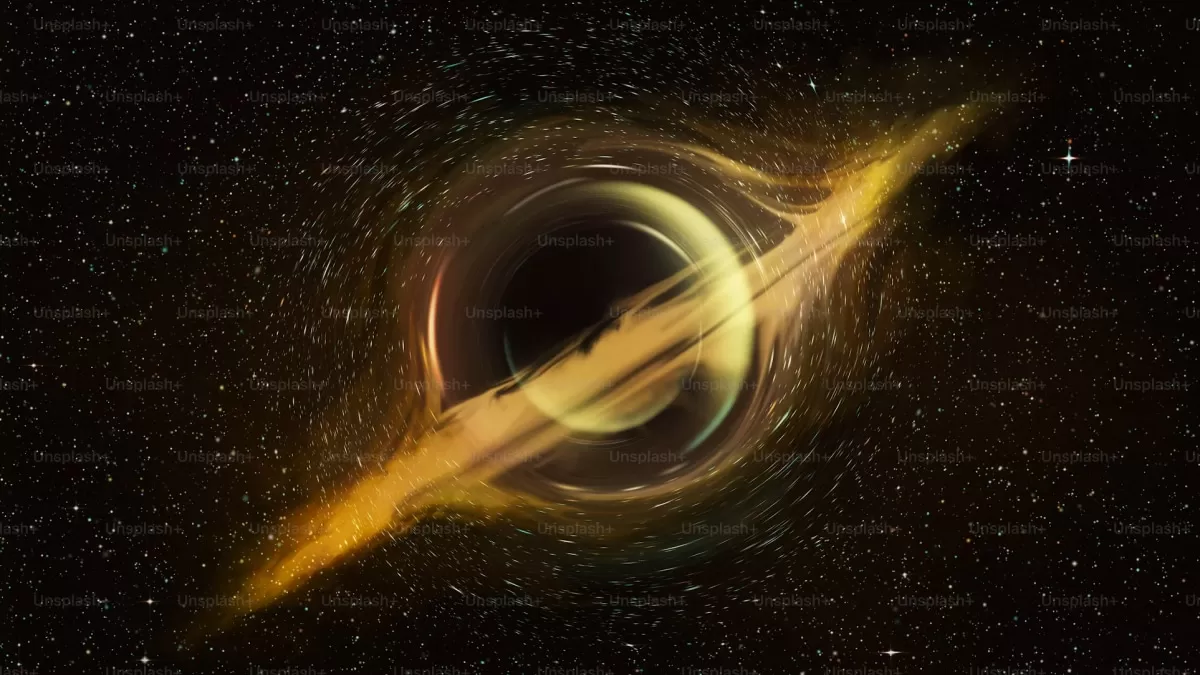Astronomers have always been fascinated by the mysteries of the universe, and black holes have always been a subject of great interest. These massive, dense objects have a gravitational pull so strong that even light cannot escape from them. However, recent observations have shown that two black holes are defying established cosmic theories, leaving scientists puzzled and excited.
The first black hole, known as the “serial killer” black hole, has been making headlines for its unusual behavior. Situated in the galaxy SDSS J1354+1327, this black hole is preparing to consume its second star in just five years. This event is extremely rare, as it is not common for a black hole to devour a star in such a short period of time. This discovery has challenged the existing theories about black hole behavior and has opened new avenues for research.
The “serial killer” black hole has been closely monitored by a team of astronomers using the Hubble Space Telescope. They first observed this black hole in 2005, when it devoured a star in its vicinity. This event was captured by the telescope, and the images showed a bright flare of light as the star was torn apart by the immense gravitational forces of the black hole. This phenomenon, known as a tidal disruption event, is not uncommon in the universe, but what makes this particular black hole unique is that it is preparing to repeat the same event within a short span of five years.
According to traditional theories, black holes need a few decades to feed on a star, which makes this observation all the more intriguing. Astronomers are now studying the “serial killer” black hole in detail to understand how it is able to consume a star in such a short time. The findings from this research could lead to a better understanding of the dynamics of black holes and their interactions with surrounding stars.
In another groundbreaking discovery, astronomers have observed a black hole in a triple system called V404 Cygni, which has a structure that defies traditional black hole formation theories. This black hole is located about 8,000 light-years away from Earth and is part of a system that also includes two stars. The black hole is known as a microquasar, a type of black hole that is smaller than the supermassive black holes found at the center of galaxies.
What makes this black hole unique is that it has a disk of material surrounding it, which is rotating in the opposite direction to the black hole itself. This contradicts the established theories about how black holes form and grow. According to these theories, the disk should be rotating in the same direction as the black hole. But the observations of V404 Cygni have shown that this is not the case.
This discovery has left scientists puzzled and has sparked a debate about the formation of black holes. Some scientists believe that this black hole may have formed through a different process than the traditional method, while others think that the disk may have formed after the black hole was already formed and spinning in the opposite direction. The team of astronomers studying this black hole is working hard to find answers to these questions and unravel the mysteries surrounding it.
These two unique black holes have opened a new chapter in the study of these enigmatic objects. They have challenged the established theories and have given scientists new perspectives to explore. The observations of these black holes have also shown that there is still much we don’t know about the universe, and there is always more to discover.
The study of black holes is crucial in our quest to understand the universe and its origins. These objects play a significant role in the evolution of galaxies and the distribution of matter in the universe. By studying these two unique black holes, scientists hope to gain a better understanding of how they form, grow and interact with their surroundings.
The discoveries of the “serial killer” black hole and the black hole in V404 Cygni are a testament to the advancements in technology and our ability to observe the universe in greater detail. With the help of powerful telescopes and advanced instruments, we can now peer into the depths of space and uncover the secrets of the cosmos.
These two black holes may be defying established theories, but they are also inspiring scientists to push the boundaries of knowledge and explore the unknown. We can only imagine what other surprises the universe has in store for us, and we eagerly await the upcoming discoveries that will continue to expand our understanding of the cosmos.

